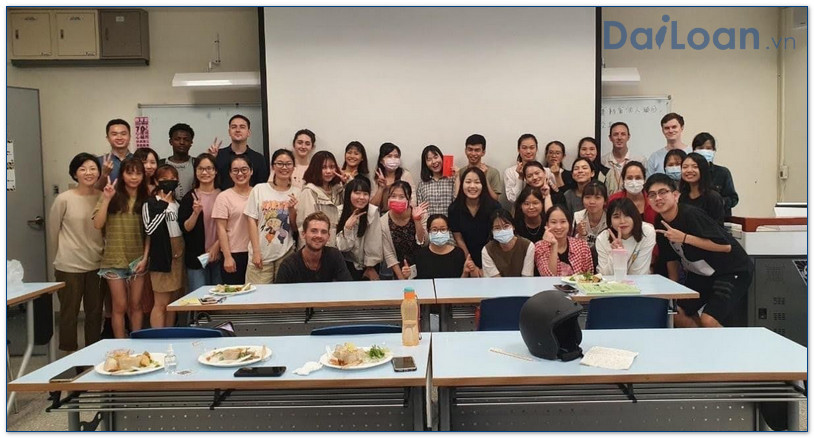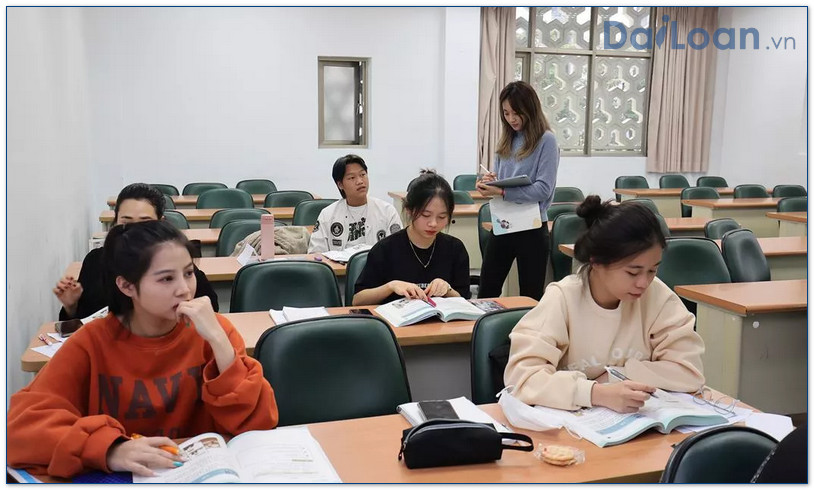Introduction
In the rich tapestry of the Chinese language, idiomatic expressions convey profound meanings and cultural insights. One such phrase is 無可救藥 (wú kě jiù yào), which translates to “incurable” or “beyond remedy.” This article unpacks the meaning, grammatical structure, and practical usage of this evocative expression.
What is 無可救藥 (wú kě jiù yào)?
The phrase 無可救藥 is commonly used to describe a situation or condition that is hopeless or cannot be salvaged. It consists of four characters:
- 無 (wú): meaning “without” or “none”.
- 可 (kě): meaning “can” or “able to”.
- 救 (jiù): meaning “to save” or “to rescue”.
- 藥 (yào): meaning “medicine” or “remedy”.
Together, they express the idea that there is no possible medicine or remedy available, figuratively speaking, for a particular problem or situation.
Grammatical Structure of 無可救藥
The grammatical structure of 無可救藥 (wú kě jiù yào) can be deconstructed as follows:
1. Syntactic Breakdown
This phrase forms a complete thought and is often used as an adjectival clause. When broken down:
- 無 (wú): No/None (Negation)
- 可 (kě): Able/Can (Potential Modality)
- 救 (jiù):
 Save/Help (Verbal Action)
Save/Help (Verbal Action) - 藥 (yào): Medicine (Noun)
The combination reflects a comprehensive negation of remedial possibilities, making it an effective way to describe hopeless situations.
2. Contextual Usage
This expression is predominantly used in more formal or literary contexts rather than in everyday conversations. It can pertain to contexts such as emotional despair, social issues, or even health conditions.
Example Sentences Using 無可救藥
To better understand 無可救藥, here are some example sentences highlighting its use in context:
1. Emotional Context
他的情感完全崩潰,現在已經無可救藥了。
(Tā de qínggǎn wánquán bēngkuì, xiànzài yǐjīng wú kě jiù yào le.)
“His emotions have completely collapsed; now it is beyond remedy.”
2. Health Context
医生说我的病是无可救药的。
(Yīshēng shuō wǒ de bìng shì wú kě jiù yào de.)
“The doctor said my illness is incurable.”
3. Social Issue Context
在这个社会上,有些问题已无可救药,我们需要采取行动。
(Zài zhège shèhuì shàng, yǒuxiē wèntí yǐ wú kě jiù yào, wǒmen xūyào cǎiqǔ xíngdòng.)
“In this society, some problems are beyond remedy, and we need to take action.”
Conclusion
The phrase 無可救藥 (wú kě jiù yào) serves as a powerful testament to the challenges of language and culture. It encapsulates a sense of hopelessness that transcends mere words, reflecting deeper societal and emotional conditions. By understanding such phrases, learners enrich their language skills and gain insight into the cultural nuances of Chinese expressions.
Additional Resources
For those interested in exploring more about the Chinese language or seeking to enhance their understanding of idiomatic expressions, various online platforms and resources are available, including language learning apps, Chinese literature, and cultural studies.
Embracing the beauty of the Chinese language opens doors to understanding not just the words, but the very essence of its culture.

Sứ mệnh của Chuyên là giúp đỡ và truyền cảm hứng cho các bạn trẻ Việt Nam sang Đài Loan học tập, sinh sống và làm việc. Là cầu nối để lan tỏa giá trị tinh hoa nguồn nhân lực Việt Nam đến với Đài Loan và trên toàn cầu.
CÓ THỂ BẠN QUAN TÂM
Du học Đài Loan
Lao Động Đài Loan
Việc Làm Đài Loan
Đơn Hàng Đài Loan
Visa Đài Loan
Du Lịch Đài Loan
Tiếng Đài Loan
KẾT NỐI VỚI CHUYÊN
Zalo: https://zalo.me/0936126566
Website: www.dailoan.vn




